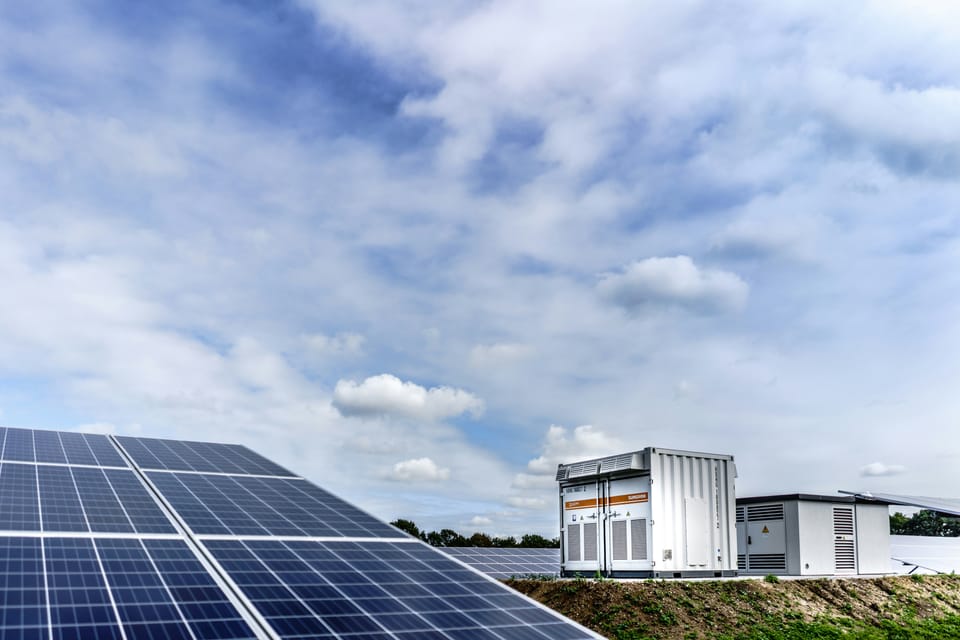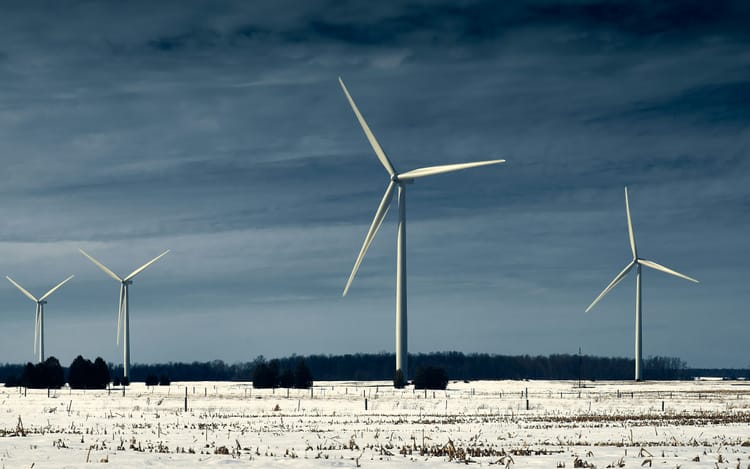Battery storage: 14-fold increase necessary to meet climate goals, says IEA

Battery storage deployment more than doubled in 2023, yet another 14-fold increase will be necessary for the world to meet 2030 climate goals, according to the International Energy Agency (IEA).
Batteries were one of the fastest-growing clean energy technologies in 2023, with almost 42 gigawatts (GW) of capacity added in power projects alone – up from less than 18 GW in 2022. (In comparison, the wind sector installed 117 GW of new capacity last year: a 50% increase.) At the same time, battery-electric car sales surged from 3 million in 2020 to almost 14 million last year.
But in order to triple renewable energy capacity by 2030 (a landmark pledge announced at COP28), energy storage capacity (led by batteries) needs to increase to 1,500 GW – up from less than 300 GW at present.
This, according to the IEA, means that battery storage deployment must increase by an average of 25% per year until the end of the decade, rising 14-fold by 2030.
“The electricity and transport sectors are two key pillars for bringing down emissions quickly enough to meet the targets agreed at COP28 and keep open the possibility of limiting global warming to 1.5 °C,” said IEA Executive Director Fatih Birol. “Batteries will provide the foundations in both areas, playing an invaluable role in scaling up renewables and electrifying transport while delivering secure and sustainable energy for businesses and households.”
Lithium-ion batteries lead the charge
Different chemistries were battling for the top energy storage spot until recently, but the IEA now believes lithium-ion batteries have “outclassed alternatives”, namely because their cost has decreased by 90% since 2010: from US$1,400 per kilowatt-hour to less than US$140 per kilowatt-hour – “one of the fastest cost declines of any energy technology ever”.
The energy sector now accounts for 90% of lithium-ion battery demand, up from 50% in 2016. These batteries are also used in almost all 45 million electric vehicles currently used on roads around the world.
Supportive policies and industry action necessary to meet battery storage goals
Meeting this ambitious target will only be possible through strong policies and industry action, “taking advantage of the fact that battery storage can be built in a matter of months and in most locations”, the IEA adds.
Luckily, governments around the world are already implementing incentives for the development of batteries in power systems and electric vehicles – policies that the agency believes supported last year’s growth.
China now accounts for more than half of all battery storage in use in the energy sector around the world, followed by the EU and US – though the IEA notes that deployment is increasing even in emerging markets.
However, production remains overly concentrated, the agency warns: “Battery manufacturers are dependent on a small number of countries for the raw material supply and extraction of many critical minerals. China undertakes well over half of global raw material processing for lithium and cobalt and has almost 85% of global battery cell production capacity. Europe, the United States and Korea each hold 10% or less of the supply chain for some battery metals and cells today.”
The fast-growing production of raw minerals necessary for battery development, such as lithium, nickel and cobalt, is also raising environmental and human rights concerns, leading NGOs to push for strict standards driven by civil society. Global investors with US$11 trillion in assets under management have also pledged to support the development of a socially and environmentally responsible mining sector by 2030.







Member discussion